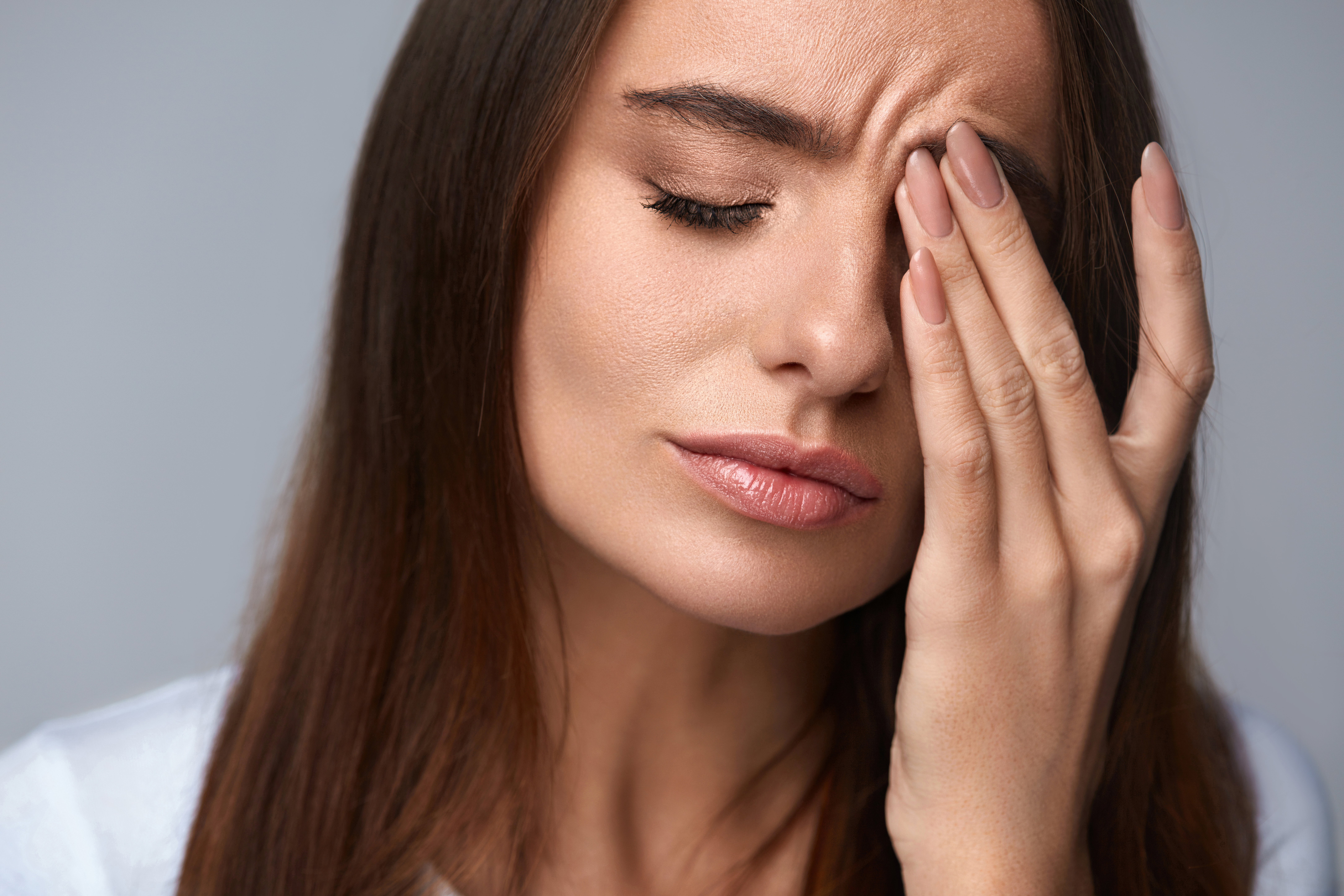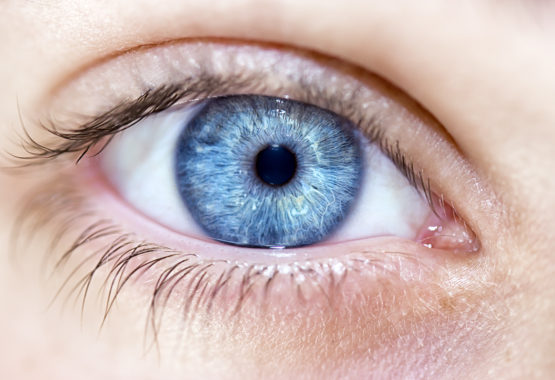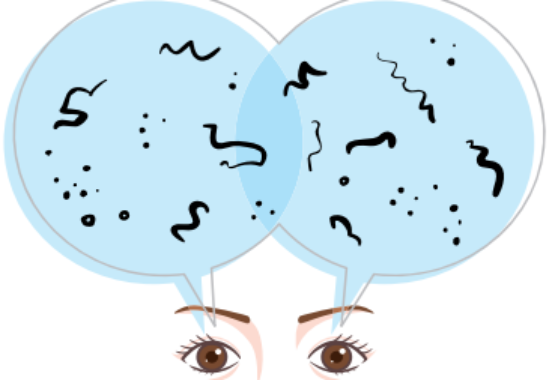What exactly is Dry Eye, and could you be suffering from it? Are there options for treatment if you are suffering from Dry Eye? The Schepens Eye Research Institute at Harvard University estimates that in the United States there are almost 40 Million Americans with Dry Eye Disease. Up to 6 Million women have moderate to severe dry eye. While 3 Million men have moderate to severe dry eye and up to 30 Million people suffer with mild Dry Eye Disease.
Dry Eye Disease is a disease that is multifactorial; it is a disease of the ocular surface characterized by a loss of homeostasis of the tear film. It is also accompanied by ocular symptoms, in which tear film instability and hyperosmolarity, inflammation and damage of the ocular surface, and neurosensory abnormalities play etiological roles. It is often referred to as an ocular surface disease, dry eye syndrome, or keratocomjuctivitis sicca. Dry Eye is quite often associated with blepharitis as well as Meibomian gland disease. It affects approximately 20% of the population.
Chronic dry eyes that are left untreated will increase in discomfort; possibly have reduced corneal sensitivity, become susceptible to serious ocular infections and loss of corneal cells. One important change that occurs in Dry Eye is a reduction in the number of conjunctival goblet cells. The conjunctive is the thin clear tissue that covers the sclera (white portion of the eye). On the surface of the eye there are thousands of those cells. They contain mucus which helps lubricate the eye by supplying the innermost layer of the tear film. Mucus help maintain lubrication between the cornea and eyelids as it is the most slippery substance in the human body. The loss of this conjunctival goblet cell is one more reason why dry eyes are so uncomfortable.
Dry Eye is a chronic, progressive disease that requires proper, prompt attention to solve the problem and reduce or eliminate its complications. The medications and treatments must be targeted at the following;
- Reducing the inflammation caused by tear hyperosmolarity.
- Reducing the tear osmolarity.
- Treating any eyelid margin diseases such as blepharitis or Meibomian gland disease.
To start with let’s look closer at reducing the inflammation caused by tear hyperosmolarity; your Optometrist may be able to recommend prescription eye drops or ointments, warm compresses and lid massage, or eyelid cleaners to help decrease inflammation around the surface of the eyes. There have been recent attempts to counteract tear hyperosmolarity involving osmoprotectants. These small organic molecules are used in many cell types throughout the natural world to restore cell volume and stabilize protein function, allowing adaptation to hyperosmolarity. Dry Eye therapies that include Osmoprotectants such as erythritol, taurine, trehelose and L-carnitine now have an expanding pool of clinical data. Osmorotectants may directly protect cells against hyperosmolarity and help patients break the vicious cycle of Dry Eye physiopathology.
Reducing tear osmolarity begins with testing. A commonly used instrument is the Tear Lab’s osmometer. It uses a micro-electrode to measure the electrical impendence in a tear sample; the electrode is designed to reduce potential reflex tearing since it avoids direct contact with the ocular surface. It is important for a patient to refrain from using eye drops for at least two hours prior to testing.
In the treatment of eyelid margin diseases including blepharitis or Meibomian gland disease, there can be multiple approaches including washing your eyes with lid scrubs such as OCuSoft Lid Scrub Plus or Original. You may also use a washcloth moistened with warm water and a few drops of diluted baby shampoo. Use of warm compresses may also be helpful, use for five minutes over the eyelids twice a day for best results. A light fingertip massage is also sometimes recommended. Use of a humidifier to help counteract the drying effects of air conditioning and indoor heating has been found to also be helpful.
Our practice currently has a Dry Eye Clinic with Dr. Carli Lancaster once to twice a month in the Corvallis location on Elks Drive. If you currently suffer from Dry Eye or have symptoms of Dry Eye it is important to talk to your current Eye Doctor in regards to the condition.






